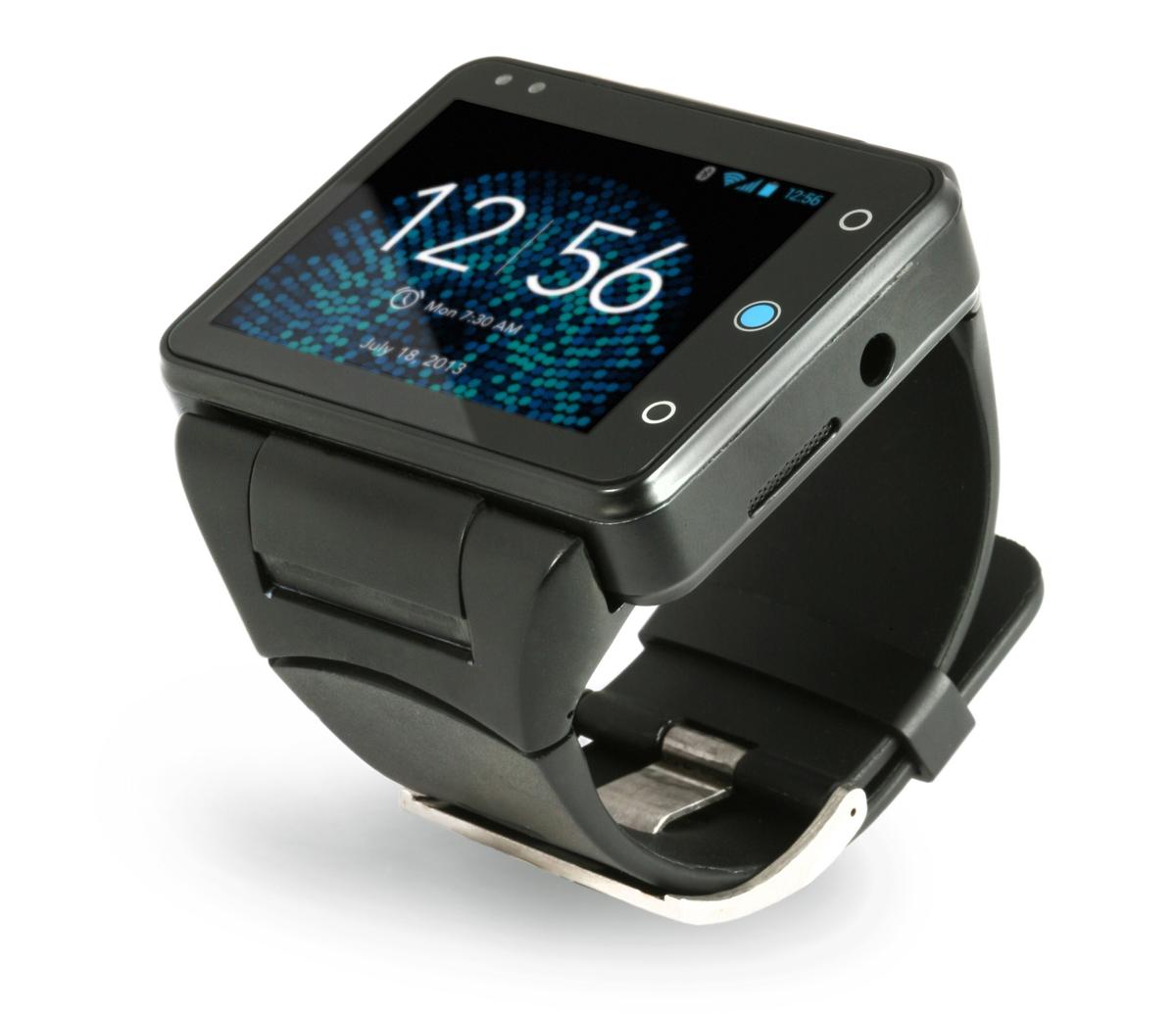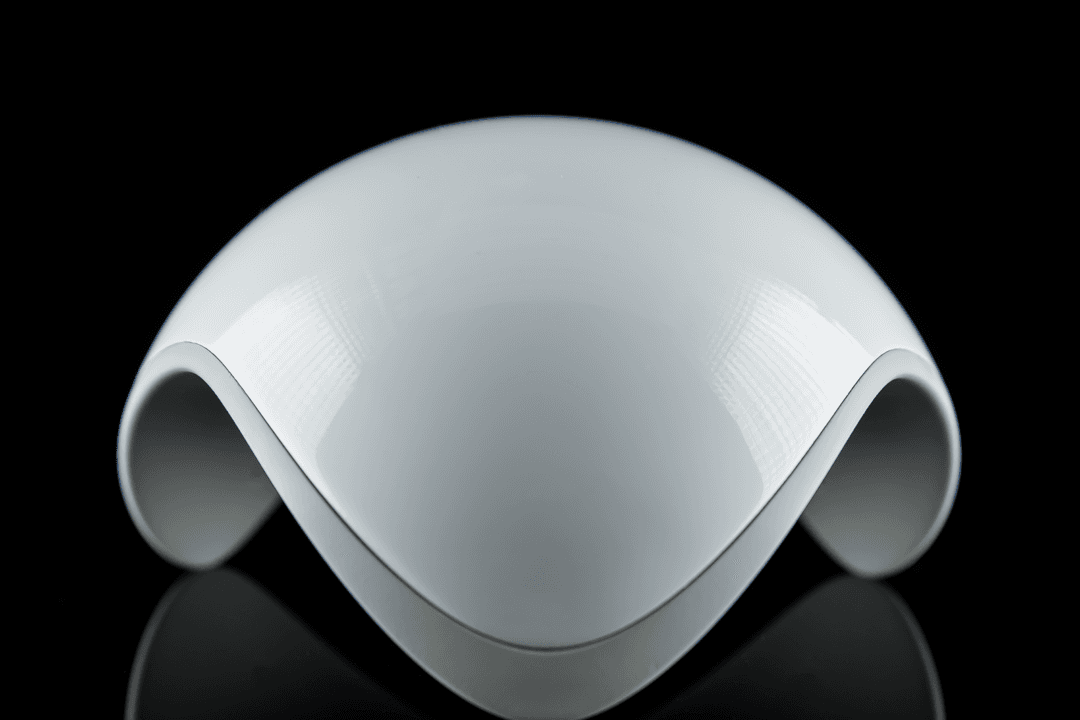1. ‘Internet of Things’ Devices
A tangible development has come out of the “Internet of Things” hype—The Ninja Sphere. The “Internet of Things” refers to an idea of a world in which many devices used in daily life are interconnected. The Ninja Sphere connects household devices and controls them on a more intuitive and intelligent level.
For instance, the Ninja Sphere can sense if the water heater is left on when a user is away from home. In this case, it would alert the user with a message on his or her smartphone and give the user the option of commanding the Sphere to turn the heater off via the smartphone.
Users can place smart tags on objects to track them with the Sphere. This helps with tracking pets, keys, and jewelry, for example. The Sphere’s 2014 launch is much-anticipated. The project far exceeded its goal of $115,000 on crowdfunding website Kickstarter, bringing in more than $380,000.
A similar project with a lot more app-based interface than the Ninja Sphere is Smart Things.
Smart Things connects everyday objects, such as doors, lights, desks, stereos, and pet food bowls to the internet through “smartapps.” An open platform enables things to be made smarter with a toolkit provided by the company.
Users could create apps to connect with these “smart-things” for “monitoring, control, automation, and fun,” states the Smart Things webpage. The campaign was hugely successful on Kickstarter and has already begun delivery.
2. Neptune Pine
The Neptune Pine is a “truly stand-alone” smartwatch and not just a smartphone-dependent Bluetooth device, according to the device webpage. It allows users to make and receive phone calls and text messages with 3G and Wi-Fi, browse websites, and check email.
Global positioning system (GPS) and accelerometer apps are some of the popular apps available. The watch face is detachable and has cameras on the front and the back. The developer, based in Montreal, Canada, could roll out the device as early as January. The Neptune Pine could be the next wearable tech product to be used widely.

(Courtesy of Neptune Pine)
3. FlyKly
A group of bicycle enthusiasts have created a smart wheel to replace the conventional rear wheel of bikes. The FlyKly smart wheel has pedal-assist technology—an electric motor activated by pedaling that is connected to the user’s smartphone. The smartphone controls the speed, and the smartphone is charged in a mounted station on the handlebars at the same time.
The commuting cyclist can avoid the sweat with a little push from behind. The motor propels the bike at a speed of up to 20 mph and runs for about 30 miles before the battery needs recharging.
The FlyKly app also suggests alternate routes that may be more efficient or interesting. The bike can be tracked via GPS if stolen.
Riders charge the battery by pedaling with the motor off while going downhill or by plugging it in. It takes two to three hours to fully recharge when plugged in.
The wheels are expected to roll out in May 2014.
4. Phonebloks
It’s a phone made of blocks, building on a common base to make up a phone, like Lego. The “phone worth keeping” concept has spawned the assembled-smartphone project.
Based in the Netherlands, the Phonebloks developers wanted to end the common habit of throwing away fully functioning devices just because some module has become out-of-date.
With Phonebloks, the user can replace an old component with an updated one instead of tossing the whole phone, thus reducing the ever-increasing accumulation of global electronic waste. The other big benefit is easier customization.
A recent partnership agreement with Motorola brings the Phonebloks concept into 2014 with great expectations. Although an exact date has not yet been announced on the release, it will likely be available sometime in 2014.

(Screenshot/Phonebloks/YouTube)
5. Lima
Lima helps synchronize data storage. It eliminates the time spent transferring data between USB drives, cloud storage spaces, external hard drives, laptops, smartphones, and more, by connecting the memory on all of them.
The files can be accessed offline just like with Spotify or Google music. Users can also make workflow smoother by synchronizing files with colleagues.
The smallest tablet with the smallest memory capacity could instantly have huge storage capacity, being linked into the collective memory space. Lima is significantly cheaper than existing cloud solutions, because it eliminates the recurring cost of renting storage space.
Shipping begins this month and the handy device is sure to make headlines in the coming year.

(Courtesy of Lima)
MORE:
5 Blockbuster Tech Products of 2013
Liberte Media writers contributed to this report. Liberte Media is an online agency that focuses on increasing user engagement through search engine optimization, pay-per-clicks, social media marketing, and content management.





